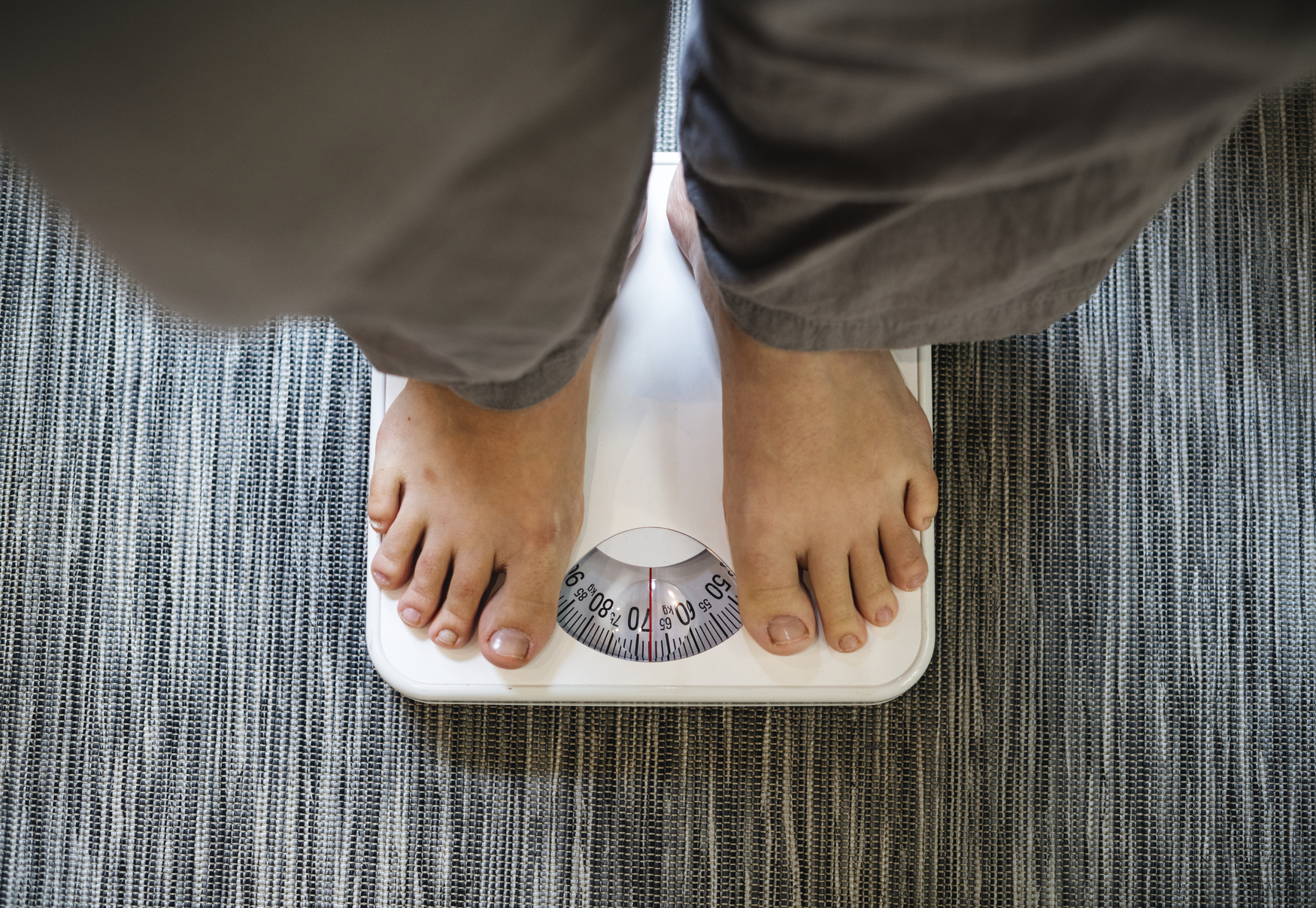

Researchers from the Universities of East Anglia and Cambridge have made a significant breakthrough in the quest to find therapies for obesity and related disorders such as diabetes.
The chemical structure of a protein known as “Uncoupling protein 1” (UCP1) has been shown for the first time in a new study released today. In contrast to typical white fat, which stores calories, this protein helps brown fat tissue, or “good fat,” to burn calories as heat.
An international collaboration between UEA, the University of Cambridge, the University of Pennsylvania, and the Free University of Brussels resulted in the breakthrough.
According to the researchers, their findings give critical molecular information that will aid in the development of treatments that artificially activate UCP1 to burn off excess calories from fat and sugar. And that this could one day be used to battle obesity and related disorders like diabetes.
Dr. Paul Crichton, from UEA’s Norwich Medical School, said, “As well as the conventional white fat that we are all familiar with, we can also develop brown fat.”
“Brown fat is the good fat—it breaks down blood sugar and fat molecules to create heat and help maintain body temperature.”
“Most of our fat, however, is white fat, which stores energy—and too much white fat leads to obesity.”
“UCP1 is the key protein that allows the specialized brown fat to burn off calories as heat.”
“We know that mammals switch on UCP1 activity in brown fat tissue to protect against the cold and to maintain body temperature—especially in newborns, that cannot yet shiver to keep warm.”
“Brown fat varies in humans, where it correlates with leanness in the population—and there has been a lot of interest in how to increase brown fat and activate UCP1 therapeutically, as a potential way to treat obesity.”
“A lot of research has been focusing on finding ways to encourage brown fat and how to turn white fat into brown fat—in order to burn more calories and fight metabolic disease.”
“But even with more brown fat—UCP1 must still be ‘switched on’ to gain full benefit. And research has been hampered by a lack of details on the molecular make up of UCP1. Despite more than 40 years of research, we did not know what UCP1 looks like to understand how it works—until now.”
Lead researcher Prof Edmund Kunji, from the University of Cambridge, said, “Our paper reveals, for the first time, the structure of UCP1 in atomic detail, and how its activity in brown fat cells is inhibited by a key regulatory molecule.”
The team was able to see UCP1 in atomic resolution using the Penn Singh Center for Nanotechnology’s Krios G3i cryogenic electron microscope.
“This is an exciting development that follows more than four decades of research into what UCP1 looks like and how it works,” said Vera Moiseenkova-Bell, an associate professor of Pharmacology and faculty director of the Beckman Center for Cryo-Electron Microscopy.
Prof Kunji said, “Our work shows how a regulator binds to prevent UCP1 activity, but more importantly the structure will allow scientists to rationalize how activating molecules bind to switch the protein on, leading to the burning of fat.”
“The activated tissue can also remove glucose from the blood, which can help control diabetes.”
“This is a significant breakthrough in this field,” he added.
more recommended stories
 Fat-Regulating Enzyme Offers New Target for Obesity
Fat-Regulating Enzyme Offers New Target for ObesityKey Highlights (Quick Summary) Researchers identified.
 Spatial Computing Explains How Brain Organizes Cognition
Spatial Computing Explains How Brain Organizes CognitionKey Takeaways (Quick Summary) MIT researchers.
 Gestational Diabetes Risk Identified by Blood Metabolites
Gestational Diabetes Risk Identified by Blood MetabolitesKey Takeaways (Quick Summary for Clinicians).
 Phage Therapy Study Reveals RNA-Based Infection Control
Phage Therapy Study Reveals RNA-Based Infection ControlKey Takeaways (Quick Summary) Researchers uncovered.
 Pelvic Floor Disorders: Treatable Yet Often Ignored
Pelvic Floor Disorders: Treatable Yet Often IgnoredKey Takeaways (Quick Summary) Pelvic floor.
 Urine-Based microRNA Aging Clock Predicts Biological Age
Urine-Based microRNA Aging Clock Predicts Biological AgeKey Takeaways (Quick Summary) Researchers developed.
 Circadian Control of Neutrophils in Myocardial Infarction
Circadian Control of Neutrophils in Myocardial InfarctionKey Takeaways for HCPs Neutrophil activity.
 E-Cigarette Use and Heart Attack Risk in Former Smokers
E-Cigarette Use and Heart Attack Risk in Former SmokersKey Takeaways for Clinicians and Nurses.
 36-Week Pre-eclampsia Screening May Reduce Term Risk
36-Week Pre-eclampsia Screening May Reduce Term RiskA New Preventive Strategy for Term.
 Cardiovascular Risk and Sudden Cardiac Death in Diabetes
Cardiovascular Risk and Sudden Cardiac Death in DiabetesRising Sudden Cardiac Death (SCD) Risk.

Leave a Comment